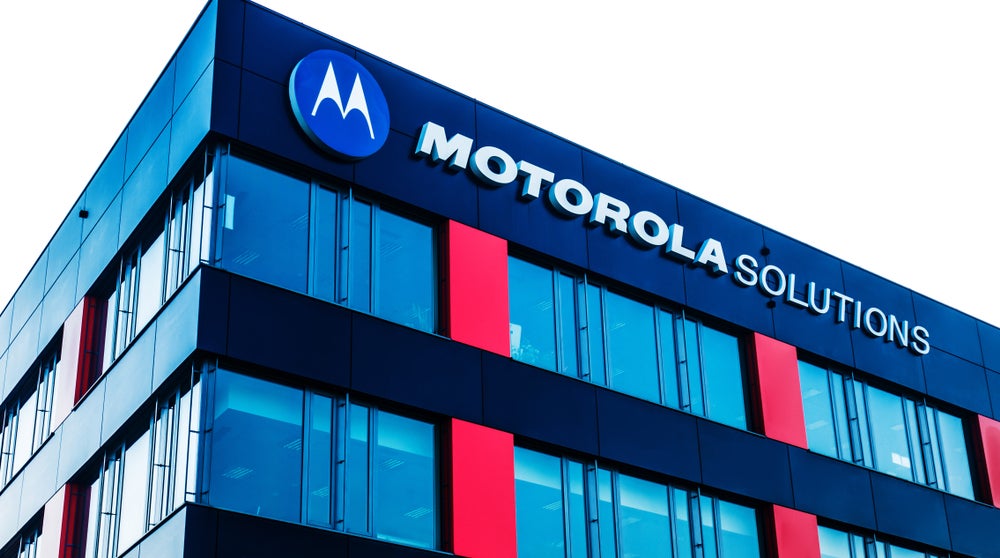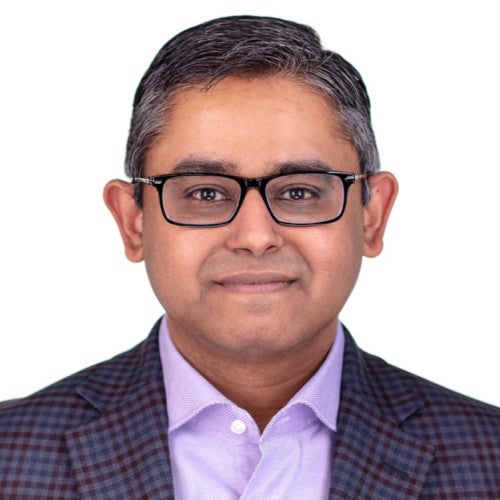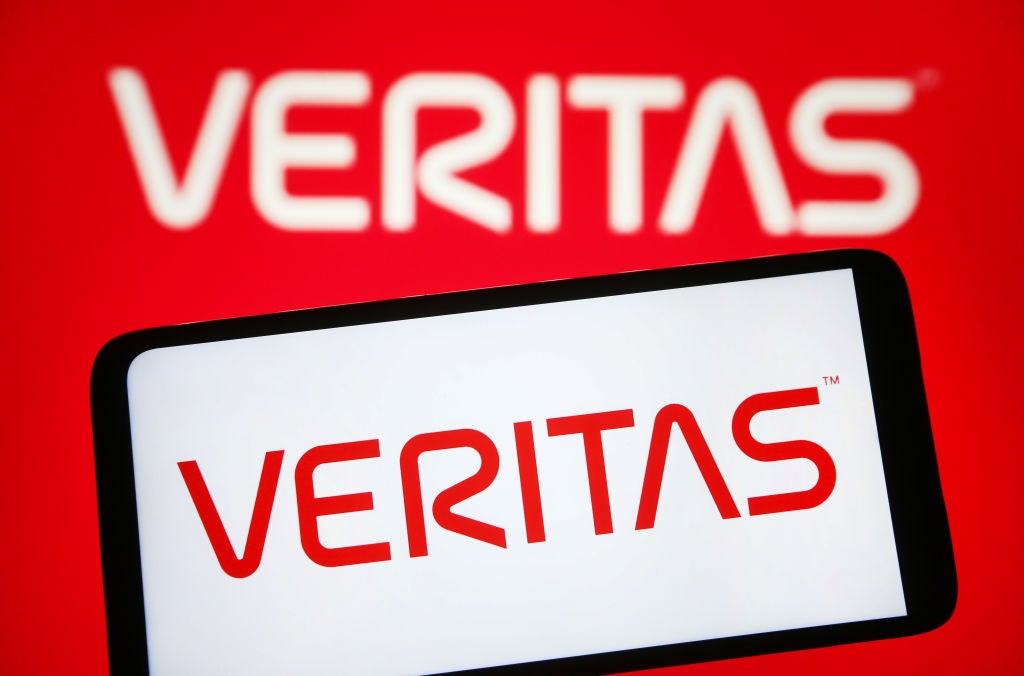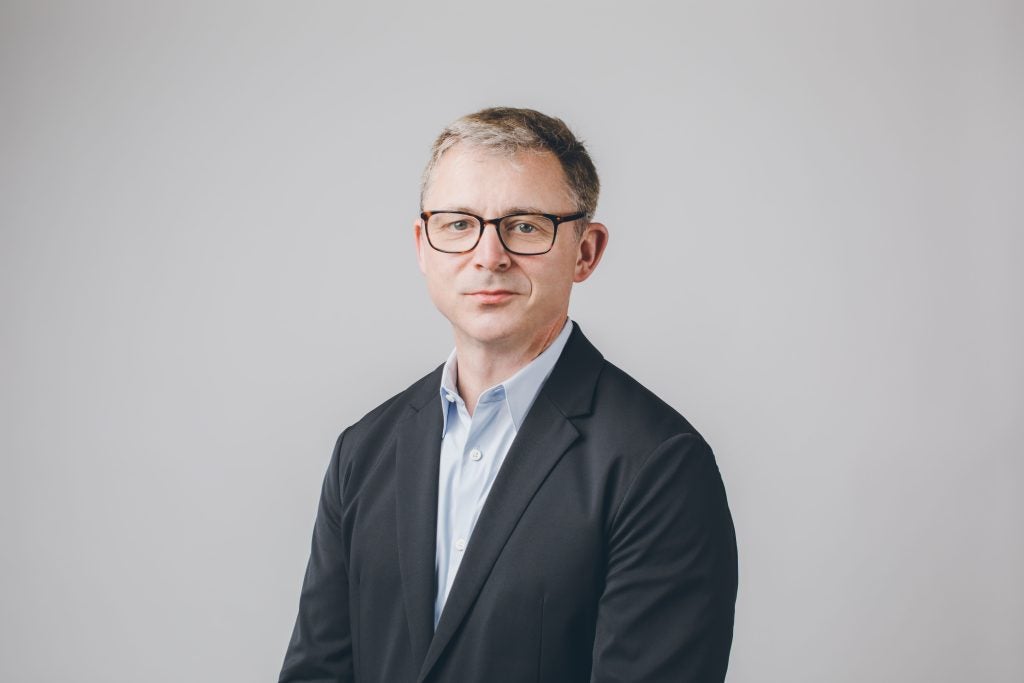
Mahesh Saptharishi is CTO for Motorola Solutions, a global leader in public safety and enterprise security.
The venture is the result of a 2011 company overhaul when phonemaker Motorola split into two companies. The first was the spun-out Motorola Mobility. This entity would keep focusing on cell phones. The second and the more direct successor of Motorola was Motorola Solutions. Motorola Solutions would continue to pursue communications solutions.
Despite the now decade-old split, Motorola Solutions still likes to mention its 94-year old history, saying it’s been part of the technology revolution since 1928.

Today, Motorola Solutions serves more than 100,000 public safety and commercial customers in 100 countries, who rely on its land mobile radio mission-critical communications, video security and access control, command center and cybersecurity offerings to make communities safer and help businesses stay productive and secure.
Since the split, Motorola Solutions has been busy strengthening its offering, often via acquisitions. Over the past two years, it has acquired companies like startup venture Delta Risk, video security enterprise Envysion, and data solutions provider Datamaster.
In the latest Q&A in our CTO Talks series, Saptharishi discusses the problems of fake news and whether artificial intelligence (AI) can make people safer, or at least make reporting incidents easier.
How well do you really know your competitors?
Access the most comprehensive Company Profiles on the market, powered by GlobalData. Save hours of research. Gain competitive edge.

Thank you!
Your download email will arrive shortly
Not ready to buy yet? Download a free sample
We are confident about the unique quality of our Company Profiles. However, we want you to make the most beneficial decision for your business, so we offer a free sample that you can download by submitting the below form
By GlobalDataTell us a bit about yourself – how did you end up in your current role?
After I completed graduate school, I co-founded a company called Broad Reach Security which focused on video analytics technology for security purposes. After it was acquired by GE, I co-founded VideoIQ which provided an intelligent camera solution with built-in video analytics and data management for enterprise security and later merged with Avigilon to create one of the world’s first high-resolution smart cameras.
In 2018, Avigilon was acquired by Motorola Solutions where I now lead the software, mobile video and cybersecurity organisation. I also serve as CTO where I lead innovation across the company’s platforms in communications, video security and command center software while managing an amazingly talented group of people working at the intersection of AI, design and human-computer interaction.
Artificial intelligence evangelists almost describe AI as the solution to all problems, but is it all it’s drummed up to be?
There is a famous saying by Herb Simon, the father of AI, which holds a lot of truth: “A wealth of information creates a poverty of attention.”
The rise of always-connected digital technology has created an explosion of data yet it presents many challenges for the person who needs to use the data to make an informed decision. This process also requires a lot of time and time is the most precious commodity we have, especially when it comes to public safety.
This is where AI can make a powerful contribution and a real difference to people’s lives. For example, during an emergency incident, AI assisted narrative technology can combine audio data from the emergency call with data from the body-worn camera worn by an ambulance worker or police officer in order to automatically create a report of the incident. The worker can still review and edit that report, but they don’t need to spend hours manually filling in forms.
How do you separate hype from genuine innovation?
Innovation is science, hype tends to confuse fiction for science. AI is a common example – there is a lot of industry hype around a version of AI which is indistinguishable from human intelligence. In reality, that capability does not exist today and that’s where the hype cycle begins, leading to an erosion of trust.
Of course, technology companies like people to imagine that future, but if your solutions fall short of people’s imagined expectations when they start using them, the hype can backfire.
Where did your interest in tech come from?
I studied electrical and computer engineering at Carnegie Mellon University and was inspired by a professor who focused on robotics and machine learning. I continued my studies in this area which led to a Ph.D. in machine learning, applied statistics and computer vision.
What one piece of advice would you offer to other CTOs?
Good technology maximises human potential and we live in a connected world where that potential is rich and diverse. Thus, technologists themselves need to be in tune with a diversity of opinions ranging from psychology, sociology, and policy to ethics and philosophy. As we evaluate the power of technology, the central question we should always ask is: how does this make us better as individuals and as a society?
What’s the most surprising thing about your job?
I think people are often surprised that most of a CTO’s time is spent studying human nature, along with technology. Our role as technologists is all about understanding people, their needs, and how technology can serve those needs.
What’s the biggest technological challenge facing humanity?
Technology has enabled people to transmit information practically instantaneously, but this does not always lead to the best communication of truth. Put simply, the speed at which we can verify and correct information has not kept up with the speed at which we can share it, resulting in an increase in the quantity of data, yet a decrease in quality.
It is also human nature to crave information, so it doesn’t help that social media and other online platforms are often automated to feed people data that is consistent with their assumptions and biases. People can find themselves unintentionally within a filter bubble rather than being presented with perspectives that encourage them to question their own views. On top of these unintended consequences, we have the intentional and explicit spread of misinformation online. The internet made the exchange of data easier, the World Wide Web made the exchange of information and knowledge easier. Now our next challenge is to make the exchange of wisdom easier.
What’s the most important thing happening in your field at the moment?
Following the pandemic, there has been a huge shift in public expectations for how quickly technology should be adopted for public safety – something which was explored in our recent research with Goldsmiths, University of London.
To quote the late American journalist, Sydney J Harris: “Our dilemma is that we hate change and love it at the same time; what we really want is for things to remain the same but get better.”
Much of public safety and enterprise security is about the reduction of risk yet change always entails some element of risk. Perhaps the most important thing happening right now is a shift in perspective that change is a necessary part of reducing risk. This new perspective is inspiring systematic frameworks to evaluate and implement change rather than encouraging a systemic reluctance to change.
In another life you’d be?
Possibly something within the field of biology. My first job was an internship at the National Cancer Institute. I really loved all the computational aspects of biology; I just wasn’t a fan of the wet science of dissecting organisms.





